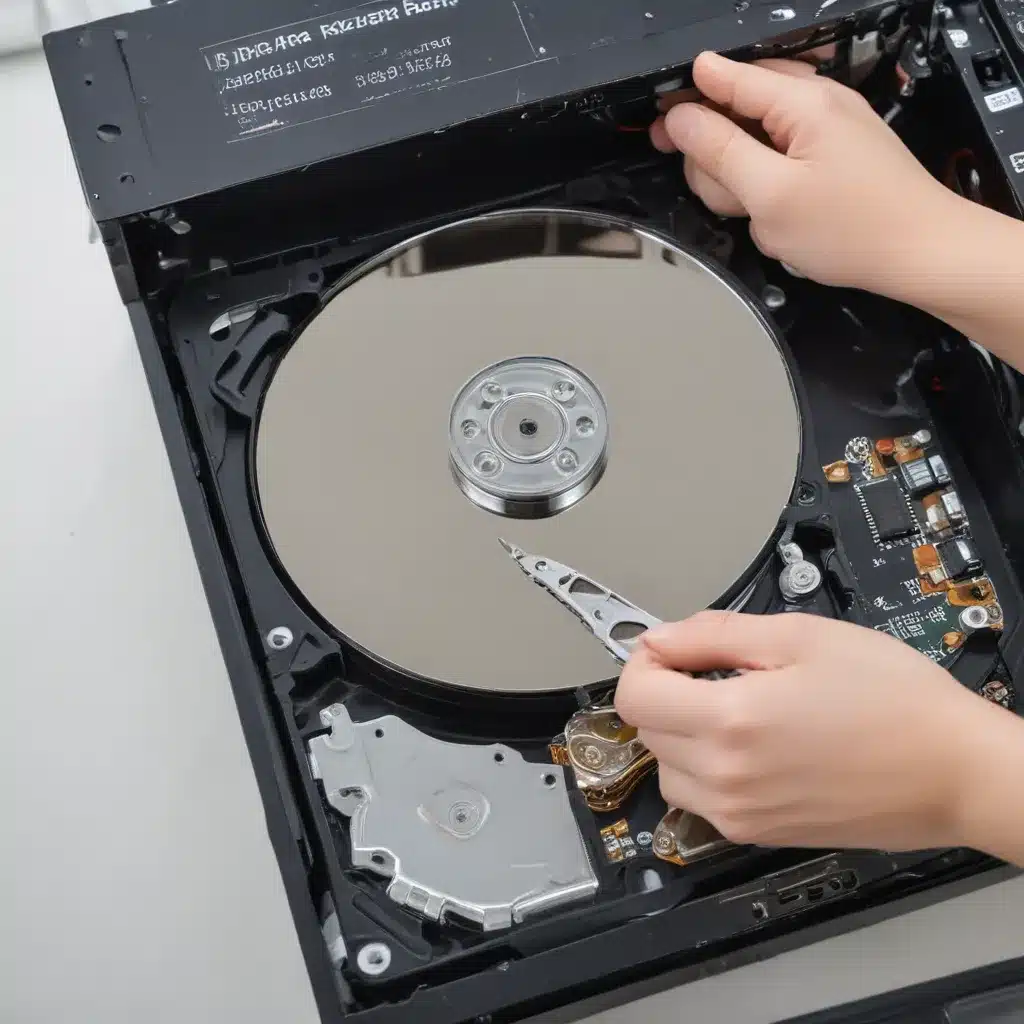The Dreaded Data Disaster
Have you ever experienced that sinking feeling in the pit of your stomach when you realize your precious files have vanished into the digital abyss? I know I have, and it’s not a pleasant experience. As a self-proclaimed tech-savvy individual, I thought I could handle any data recovery challenge that came my way. Boy, was I in for a rude awakening.
One fateful day, my laptop suffered a catastrophic hard drive failure, and I was left staring at a blank screen, my heart pounding in my ears. “No problem,” I thought, “I’ll just do a little DIY data recovery and have everything back in no time.” Little did I know, I was about to embark on a journey filled with more twists and turns than a rollercoaster.
Mistake #1: Choosing the Wrong Region for Your Environment
As I dove headfirst into the world of data recovery, I quickly learned that not all methods are created equal. One of the biggest mistakes I made was assuming I could just pop open my laptop, yank out the hard drive, and magically retrieve all my lost files. [1] Turns out, that’s a surefire way to make the situation even worse.
Mistake #2: Using the Sandbox Environment for Production
You see, the human brain has this uncanny ability to convince itself that it can conquer any technological challenge, no matter how complex. I was no exception. I confidently started tinkering with various data recovery tools, convinced that I was the next digital MacGyver. Little did I know, I was about to unleash a chain of events that would make even the bravest tech support agent cringe.
Mistake #3: Failing to Update the Environment URL
As I frantically searched the web for a solution, I stumbled upon a forum post that claimed the key to data recovery was to simply unplug the hard drive and plug it back in. “Brilliant!” I thought, “Why didn’t I think of that?” [2] Spoiler alert: It didn’t work, and I ended up making the situation much, much worse.
Mistake #4: Not Assigning the Proper Security Roles
In my desperation, I started trying every data recovery trick I could find, from running esoteric command-line tools to tapping into the dark corners of the internet. Each attempt seemed to dig me deeper into a hole of confusion and frustration. [3] It was like trying to navigate a maze blindfolded, with a pack of rabid squirrels nipping at my heels.
Mistake #5: Neglecting to Enact a Proper Data Policy
As I spiraled deeper into the data recovery abyss, I started to question my own sanity. Had I really just spent the last three hours trying to recover a file by banging my laptop against the desk? (Spoiler alert: It didn’t work.) [4] It was at that moment that I realized I was in way over my head and needed to call in the experts.
Mistake #6: Failing to Assign the Necessary Licenses
Admitting defeat was one of the hardest things I’ve ever had to do, but it was also the most freeing. I swallowed my pride, picked up the phone, and called a reputable data recovery service. Within a matter of days, they had retrieved all of my lost files, and I could finally breathe a sigh of relief.
Mistake #7: Assuming Users Have the Proper Permissions
As I sat there, staring at the carefully recovered files, I couldn’t help but reflect on the lessons I had learned. The journey had been arduous, but it had also taught me a valuable lesson: Sometimes, it’s best to leave the data recovery to the professionals. [5] After all, they have the tools, the expertise, and the patience to navigate the treacherous waters of digital data recovery.
So, if you ever find yourself in a similar situation, remember these seven mistakes to avoid when trying data recovery at home. Trust me, your sanity (and your laptop) will thank you.













